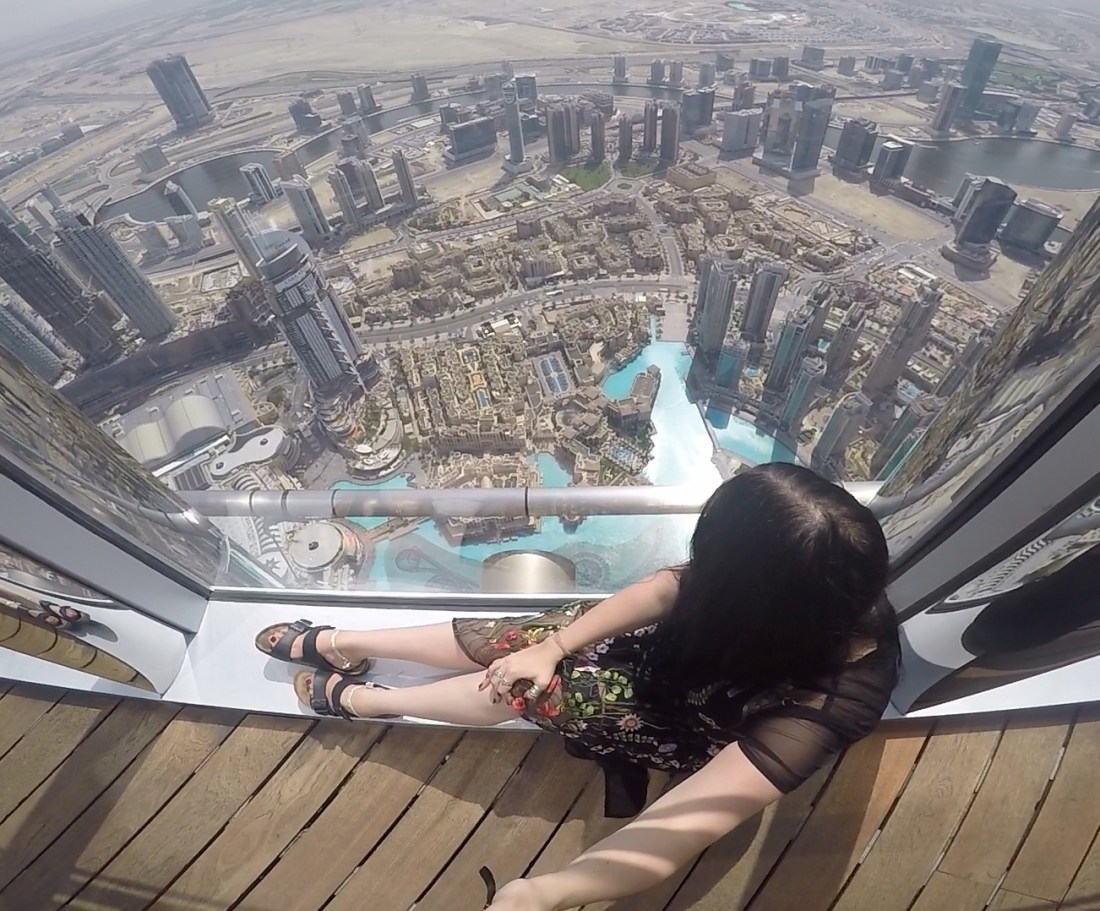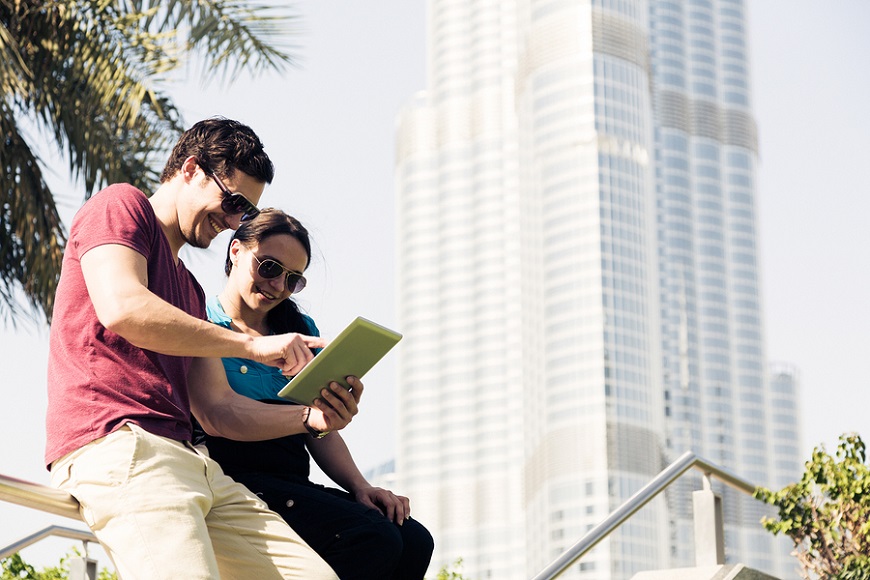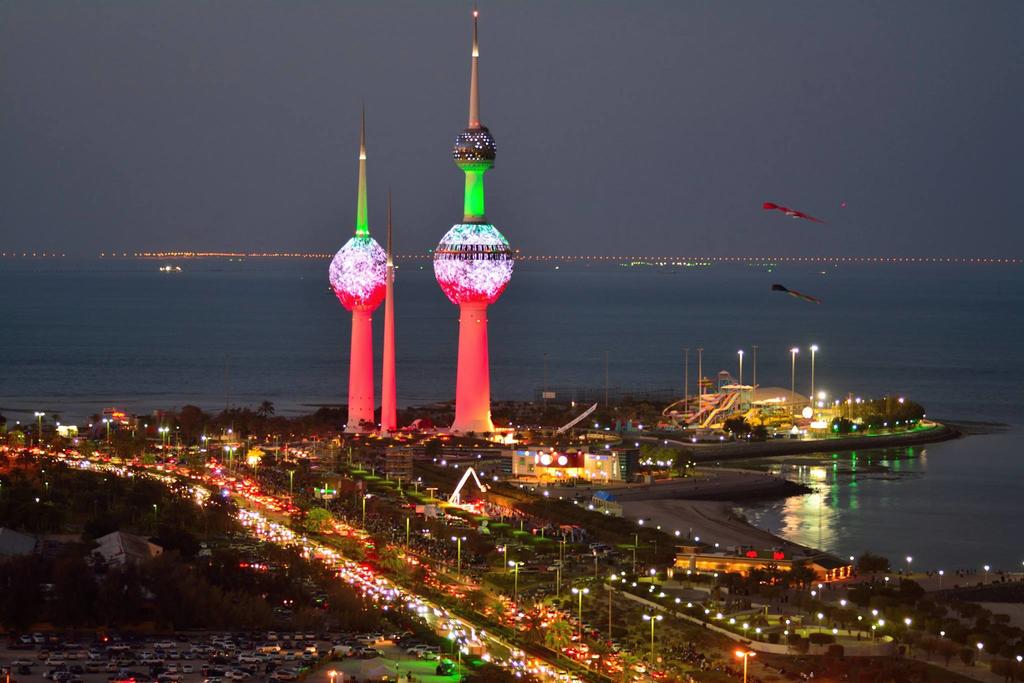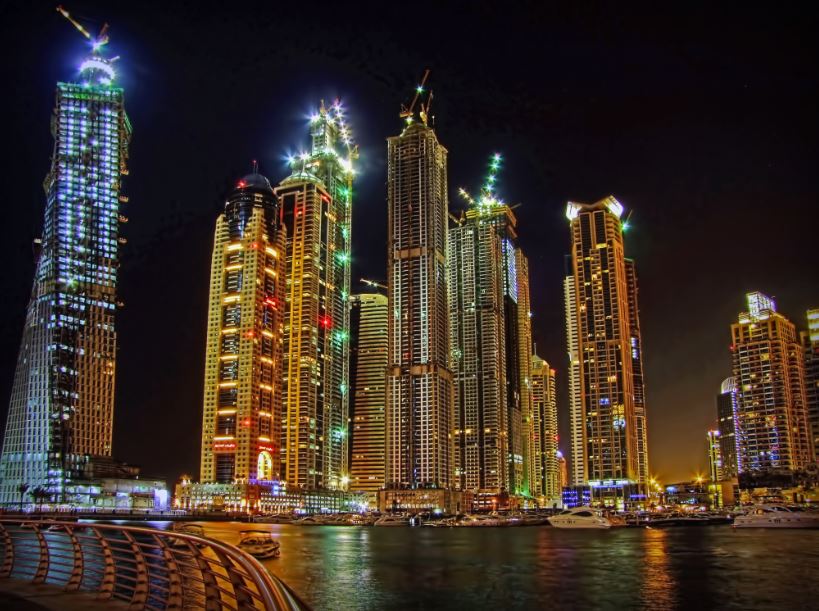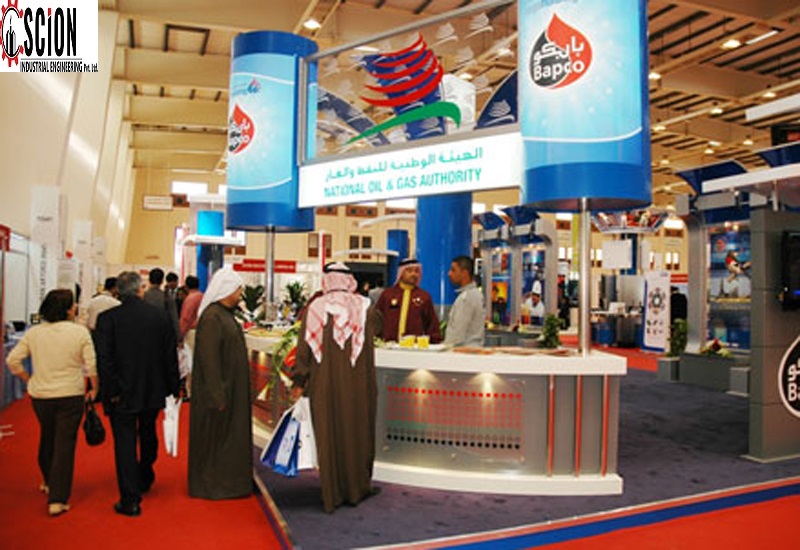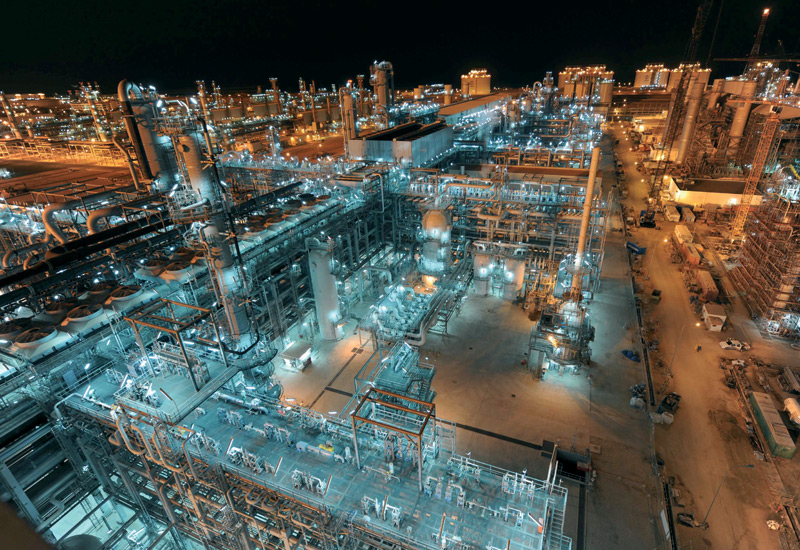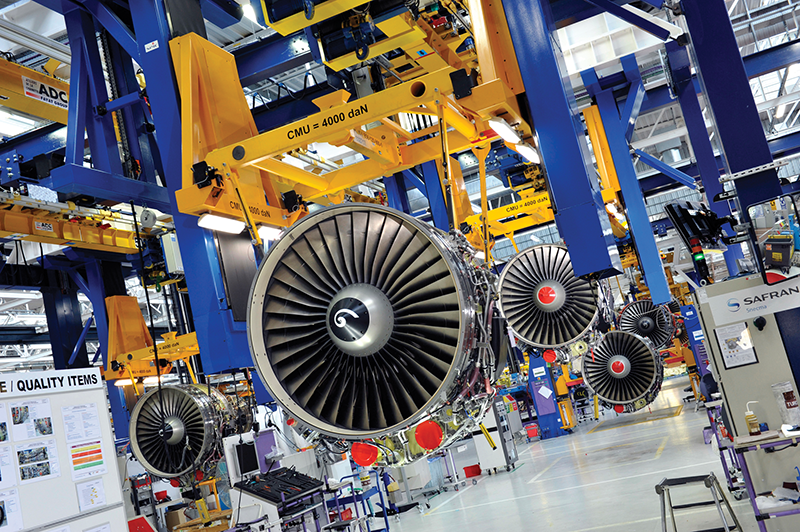Bitcoin is often referred to as ‘digital gold’ to indicate its utility as a store of value. However, rapid price swings in its brief decade-long history have concerned would-be investors keen on exploring it as a stable form of investment.
This is why the concept of gold-backed cryptocurrencies became popular. To put it simply, gold-backed cryptocurrencies are simply defined as a monetary system where a currency is directly linked to physical precious metals.
“Digital coins or cryptocurrency tokens issued with its value correlated to gold gives these cryptocurrencies extra stability compared to other digital assets, which lack inherent value and have high price volatility,” explained Brian Deshell, a UAE-based cryptocurrency trader and analyst.
“What this means is that the price of gold-backed cryptocurrencies will never drop below that of the precious metal that backs them, which in this case is gold. This greater price predictability and stability means they’re sometimes referred to as ‘stablecoins’.”
Why are gold-backed cryptocurrencies getting popular now?
While cryptocurrencies such as Bitcoin and Ether offer benefits such as not requiring an intermediary institution to send payments anywhere and to anyone, one key drawback is that cryptocurrencies’ prices are unpredictable and have a tendency to fluctuate, often wildly.
“The volatility of cryptocurrencies makes them hard for everyday people to use. Generally, people expect to be able to know how much their money will be worth a week from now, both for their security and their livelihood,” added Deshell. “This is why gold-backed crypto is more popular now.
“Cryptocurrency’s unpredictability comes in contrast to the generally stable prices of government-issued currencies or other assets, such as gold. Currency values do change over time, but the day-to-day changes are often more drastic for cryptocurrencies, which rise and fall in value regularly.”
But this is not the first instance of gold-backed money. In 1861, such currencies were created to help stabilise economies given gold’s importance for central banks and governments as a resource. This ended after governments couldn’t keep track when people started to hoard gold during recessions.
Success of gold-backed crypto rides on recent boom in gold prices
“When considering investing in gold-backed cryptocurrency, it’s important to look at the value of precious metals in recent times and how the success of such cryptocurrencies are highly dependent on the rise and fall in costs,” explained Zubair Shakeel, a UAE-based investment manager.
In early 2022, gold prices increased to near-record levels exceeding $2,000 (Dh7,346) per ounce. However, by the end of 2022, the value had dropped by more than 20 per cent. In the beginning of 2023, there was a trend reversal of gold as it endured a series of highs and lows.
In contrast to the price fluctuations of gold, the price of Bitcoin swung much more dramatically. For instance, prices were once down by 50 per cent in mid-2021, but prices doubled just two weeks later. Late 2021, Bitcoin reached an all-time high, but a month later, prices crashed 30 per cent.
“As crypto price swings are more extreme, it generates unreliable investment returns. Investors can still get excited by the growth in the value of the precious metal, so gold-backed crypto offers better returns. The higher the value of gold, the stronger and more stable the asset is,” added Shakeel.
“Gold is a safe investment as it has very low price volatility. It is also not linked with other assets, so it is less susceptible to market flux during times of economic uncertainty. These attributes have made gold-backed cryptocurrencies an incredibly attractive investment option in recent years.”
Gold-backed cryptocurrencies offer stability, but not without risks
While there are numerous benefits of crypto backed by gold, these are largely linked to its stability compared to other options like Bitcoin or other cryptocurrencies. Also, the price fluctuations of gold-backed crypto, as a whole, are easier to understand as opposed to extreme swings of Bitcoin prices.
“Although digitalised precious metals are typically superior compared to traditional physical bullion assets, in most cases, they do not offer any benefits that are unique to what crypto or precious metals are already offering,” explained Deshell.
“Historically, they have off late recorded lackluster growth and therefore offer limited earning opportunities on the vast majority of digital currency backed by gold. This results in other assets, like stocks, bonds, or rental properties, appearing as a more attractive prospect for investors.”
While investors don’t need to worry about physical gold getting stolen or tampered with, Deshell added that there are cybersecurity risks to investing in cryptocurrency. “Investors should take caution to avoid fraudulent trading platforms. This could leave their accounts compromised.”
Source:https://gulfnews.com/your-money/cryptocurrency/cryptocurrencies-are-behaving-more-like-gold-as-volatility-eases-heres-why-1.1666963840252

